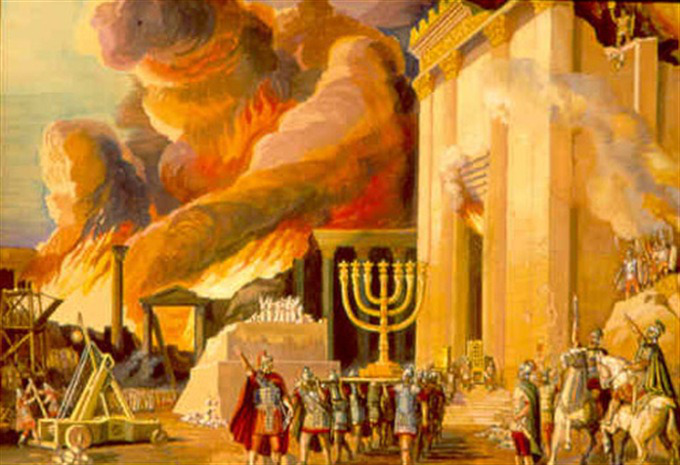In the 20th century, during the spread of the ideas of Nazism and anti-Semitism inextricably linked with it in Europe, the Jewish people experienced a terrible catastrophe, as a result of which millions of representatives of the nation were destroyed.
This unprecedented genocide of the Jewish people went down in history as the Holocaust. The term itself is literally translated from ancient Greek as “burnt offering” (ὁλοκαυ᾿ στος) and borrowed from the biblical text93, which indicates an attempt at spiritual understanding of this tragedy.
In 1948, the most important event in the recent history of the Jewish people took place – the creation of the State of Israel, which gave a new impetus to the process of returning Jews to their historical homeland, and also contributed to the revival of eschatological expectations in the Jewish environment and the strengthening of the mission among fellow tribesmen.

Sub-ethnic groups of Jews
Despite the declared unity of “descent from Abraham”, the Jews, who lived in different countries for thousands of years, seriously differed from each other in linguistic, everyday and ritual features. Today there are several sub-ethnic groups, the most significant of which are the following two groups.
Ashkenazim are the descendants of Jews who lived on the territory of modern Germany and Eastern Europe (Poland, Lithuania, Ukraine). Yiddish has been the spoken language of this sub-ethnic group for the last millennium.
The grammatical system of Yiddish was formed under the dominant influence of the German language, and also experienced a strong influence of the Slavic languages. The vocabulary of Yiddish consists mainly of words of Hebrew-Aramaic, Romance and Slavic origin.
Most of the modern Jews living in the United States of America, as well as in European countries, belong to the Ashkenazi group.
Sephardim are a sub-ethnic group of Jews that formed in medieval Spain during the period of Muslim domination. After the completion of the reconquest and the expulsion of the Jews from the country, they move to the Balkans, Asia Minor and the Middle East region.
The spoken language of the Sephardim is Ladino (another name is Judesmo). Ladino grammar was formed on the basis of medieval Spanish, also influenced by Portuguese and Catalan. The main layer of vocabulary is made up of words of Spanish origin, but there are also many borrowings from Turkish, Arabic, French and Italian.

There is a tendency to refer to all Jews whose ancestors lived in African and Asian countries as Sephardi, to distinguish them from Jews with European roots. Significant Sephardic diasporas lived in Morocco, Yemen, and Egypt. Today, outside of Israel, the largest Sephardic communities exist in Turkey, Bulgaria, Serbia, Croatia, Bosnia and Herzegovina, Greece, France, and the Netherlands.
Along with the Ashkenazi and Sephardic Jews, there were also smaller sub-ethnic groups: the Falashas (or Ethiopian Jews), the Kochin Jews (they are also “black Jews”) who lived in India in the state of Kerala, the Kaifen (Chinese Jews), the Mountain Jews of the Caucasus, who lived in mainly in Dagestan and Azerbaijan, etc.
Today, many of the ethnolinguistic and cultural characteristics of the various groups have been largely lost in modern Israel. Nevertheless, today the Chief Rabbinate of Israel (the highest religious structure of Judaism in the country) is headed by two rabbis in the status of co-chairs: Ashkenazi and Sephardic.
In the State of Israel, religion is not separated from the state, although it is not obligatory either. A number of domestic issues are under the jurisdiction of religious organizations (marriage, divorce, funerals, etc.).
In order to integrate immigrants from different countries into a single community, as well as within the framework of the restoration of historical national continuity in Israel, Hebrew was introduced as the state (along with Arabic) – a revived, once dead, ancient Hebrew language.
In modern Judaism, there is an obvious desire to restore the Temple of Jerusalem on its historical site (on the so-called Temple Mount)95. In this regard, the era itself received its second name. However, as mentioned earlier, this intention does not have universal support and finds many critics among the Jews themselves.
